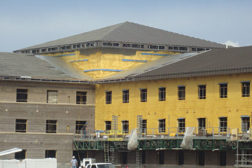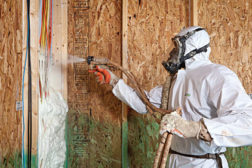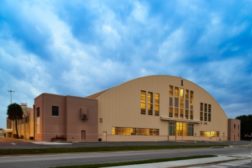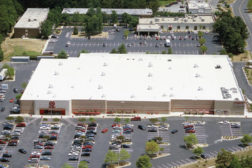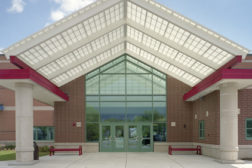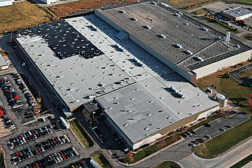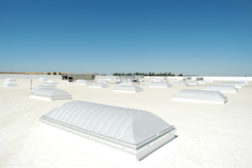Insulation
Continuing Education Unit
High-Performance Building Envelopes: Meeting New Energy Codes with Manufactured Systems
Designing and installing high-performance building envelope projects to meet challenging new energy codes benefits from a bit of ‘systems thinking.’
June 1, 2013
Enhance your expertise with unparalleled insights.
Join thousands of building professionals today. Shouldn’t you know what they know?
SUBSCRIBE TODAY!Copyright ©2024. All Rights Reserved BNP Media.
Design, CMS, Hosting & Web Development :: ePublishing
